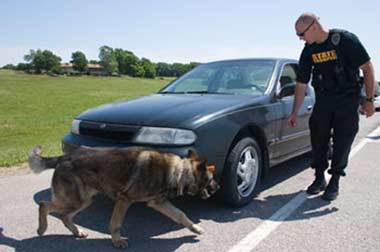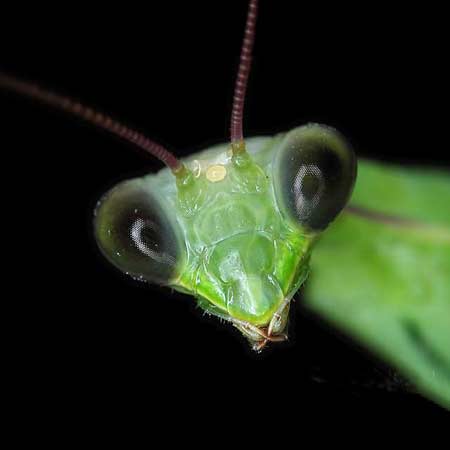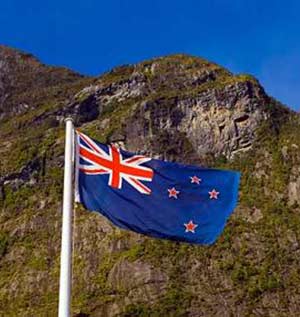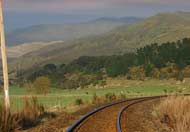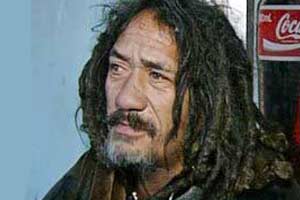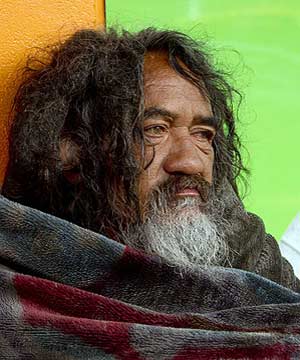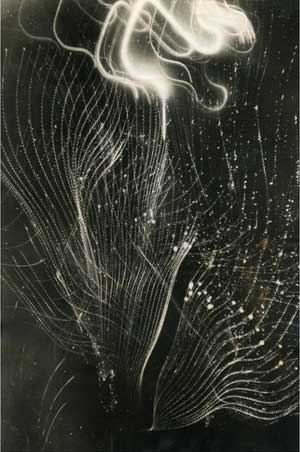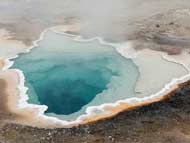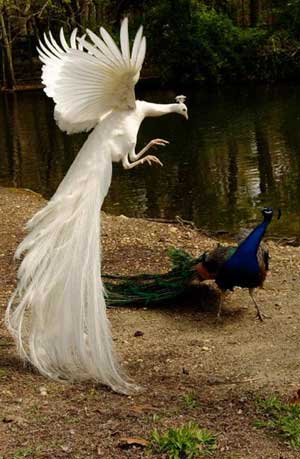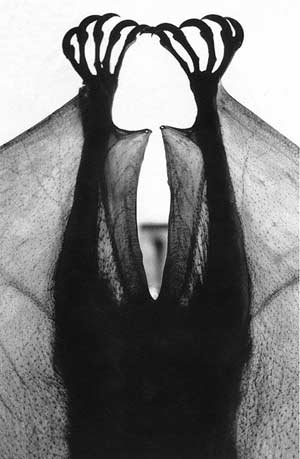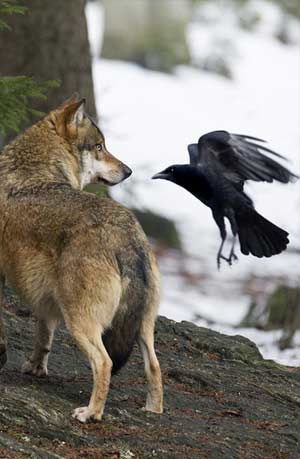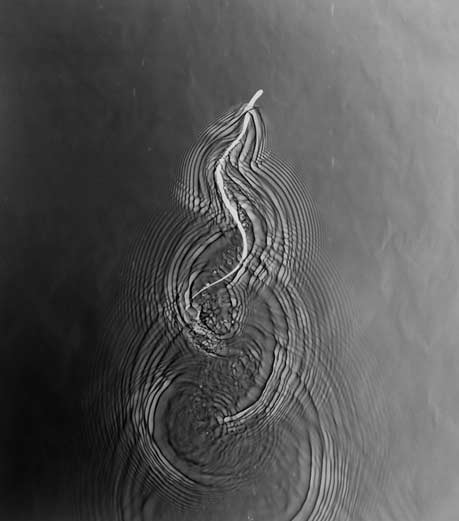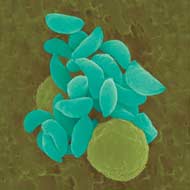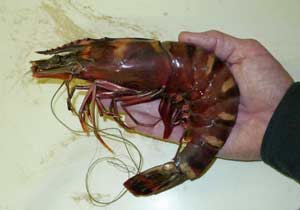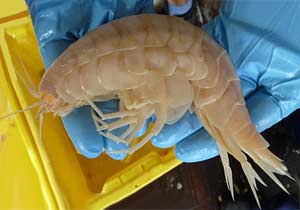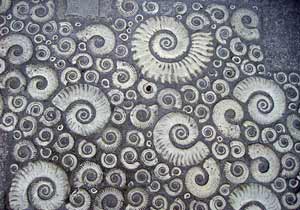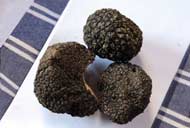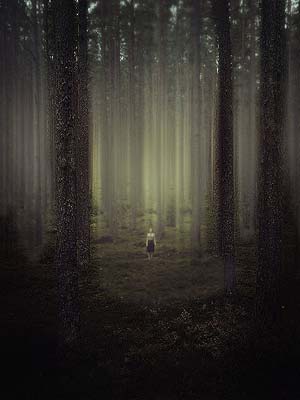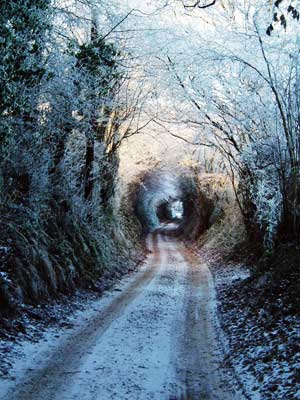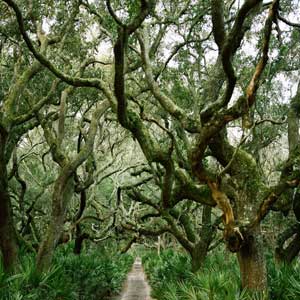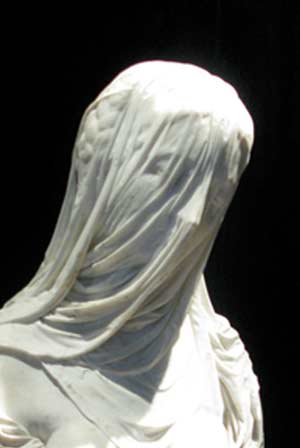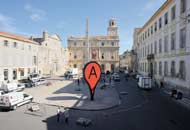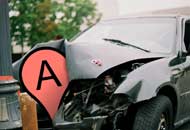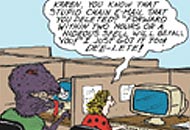Secure
- There is now a two part test to determine whether an act by the [US] government is a “search” (either makes it so):
- Is the act a trespass on the property of the suspect? Exception: If the act (for example, attachment of a gps tracker) is done before the item becomes the property of the suspect then it is not a search even after it has become the property of the suspect.
- Does the act violate the suspect’s reasonable expectation of privacy? With the trespass rationale coming back to the fore, the role of the reasonable expectation of privacy might become narrower. In most cases the opening of a car trunk or entry into a building is a trespass. Therefore, the reasonable expectation of privacy would apply to something else. The thing which comes to mind is “emanations.” Emanations are those things which escape from a person/property through the air (energy, heat, smell, sound) and do not require the police to actually touch the suspect’s property. Reasonable expectation of privacy requiring a search warrant for emanations tracks with the cases such as sound that emanates out of a phone booth requires a search warrant and energy emanating from a house requires a search warrant. Exceptions: Those emanations which are readily noticeable by another may not require a search warrant. For instance an officer that smells marijuana, or sees stolen property in a car or hears someone in a house yelling “Rape!” would not have to go get a search warrant. Emanations (scents) which are alerted to by a dog also do not require a search warrant.
- Some US domestic police forces are now equipped with spy drones. One drone manufacturer plans to sell 18,000 drones to police departments throughout the country; it advertises a small drone, the “Switchblade,” which can track and land on a person, then explode. State and local police are being “federalised” to an extent. It is not only military armaments and spy technology that local police are receiving from Washington, but also an attitude toward the public and the federal oversight and collaboration that goes with that. When Homeland Security, a federal police force, comes into states (such as has happened in Georgia and Tennessee) and works with state police to stop cars and trucks on Interstate highways, subjecting vehicles to baseless searches, then state police become de facto deputies of Homeland Security. Homeland Security;s reach goes far beyond airline security and includes highways, bus and train stations, and even Social Security offices. In January, the Social Security office in Leesburg, Florida, apparently a terrorist hotspot, became a Homeland Security checkpoint complete with automatic weapons and sniffer dogs. The district manager for the Social Security Administration office said staff were not informed beforehand. I presume they were looking for illegal immigrants, but I’m unsure what the sniffer dogs were used for. The federal police, a new entity in American life, has authority over state and local police offices and can appear out of the blue to interrogate local citizens. America, get used to it. (okay, the middle poster above may be a bit extreme. Consider it a reminder not to drift in that direction. Like these guys may have done.)
- Propranolol (also known as Inderal) is a beta blocker drug that was invented in 1964 by James W Black for heart attacks and high blood pressure. Beta blockers block the action of endogenous catecholamines — epinephrine (adrenaline) and norepinephrine (noradrenaline) in particular — on β-adrenergic receptors, part of the sympathetic nervous system which mediates the “fight or flight” response. Propranolol helps in the relief of headaches and migraines (and also, oddly, shrinks hemangiomas in babies and young children); it blocks the action of stress hormones that etch memories in the brain. This means that its use causes the dampening of the memory of being under stress. This effect is associated with 5 specific problems:
- It may prevent the user from truly coming to terms with trauma.
- It may tamper with identity, leading to a false sense of happiness while remaining in a potentially bad situation.
- It may demean the genuineness of human life and experience.
- It may encourage forgetting memories that one may be obligated to keep (for example, that fire burns and that drunk driving kills).
- It may inure the user to the pain of others.
The use of propranolol is a complex issue. Learning from the past plays a huge role in the person that one becomes. People learn from mistakes in the process of growing and developing. Propranolol can make traumatic memories “more abstract and less painful” and brings into question the significance of reality. Its common use might lead to a basic shift in remembering and forgetting, allowing us someday to change the very character of what we do and don’t recall. How to Build the Perfect Soldier (video). More.
 Animals
Animals Animation
Animation Art of Playing Cards
Art of Playing Cards Drugs
Drugs Education
Education Environment
Environment Flying
Flying History
History Humour
Humour Immigration
Immigration Info/Tech
Info/Tech Intellectual/Entertaining
Intellectual/Entertaining Lifestyles
Lifestyles Men
Men Money/Politics/Law
Money/Politics/Law New Jersey
New Jersey Odds and Oddities
Odds and Oddities Older & Under
Older & Under Photography
Photography Prisons
Prisons Relationships
Relationships Science
Science Social/Cultural
Social/Cultural Terrorism
Terrorism Wellington
Wellington Working
Working Zero Return Investment
Zero Return Investment